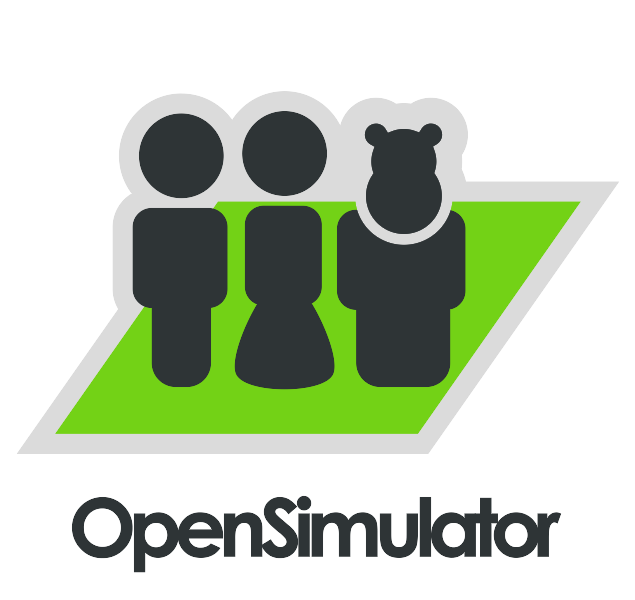OpenSim developers are, for some reason, obsessed with Instant Messaging, something I never quite understood why, but they share that passion with Linden Lab — in fact, the Open Grid Protocol, after addressing teleporting (without content), is now going to discuss IMs (instead of what matters, i.e. content transfer via your inventory…). True to their love, messaging is a strong feature of OpenSim — not only you can have your own messaging server, but by activating a plugin, you can directly interface with IRC. That way, a sim gets a IRC channel and private instant messages go via IRC’s own private message handling. No more need for complex gateways like ChatBridge to connect across virtual world grids and the rest of the off-world Internet.
There are lots of similar goodies hidden as plug-ins for OpenSim. Remember how long it took to have Linden Lab select Vivox as a voice provider and integrate Vivox’s software in SL? Language Lab had already done that a year ago, but OpenSim goes even further. What about integrating SL-based voice with, say, cellular phones or your corporate telephone network? It’s easy — OpenSim includes gateways to a relatively stable open-source technology called Asterisk which allows you to run your own telephony server and use it as a VoIP-to-PSTN gateway.
So, what does this mean? Basically, you can be in-world in SL and call your mother on her mobile phone. Or if you wish to go wild, you can do a business teleconference where a third of your workers is in-world using voice chat, another third is at their desks talking on their phones, the last third is using Skype. And if you wish you can even stream that all to different parcels. The mind boggles — because all that on LL’s Second Life is just plain science fiction and not even on their list of “future projects”. OpenSim, however, adds support for all that.
OpenSim also shines on support for professional builders. One typical problem is that you might crash (or lose your Internet connection) and lose your work for some reason. Or, after adding a thousand prims to an existing 5,000-prim-build, you suddenly find out that you’ve rezzed the wrong building and have now to start from scratch. How useful it would be if you could track down versions of your content!… Well, OpenSim has built-in CVS support. Even though it’s on its early stages of development, it means a completely new level of content creation inside the virtual world, where you can add versioning to your assets, restore old copies, integrate content from different people and release just the newer, most up-to-date-version… all things that you have to painfully do manually in LL’s SL, and have multiple folders called “old copy” or “not-so-old copy” or “copy tweaked by MyFriend Avatar in August” or that kind of thing. Truly a pain. Good enough for amateur content creators, but pros need more than that.
Tired of the 8-year-old avatars? Do you wish to experiment with new skeletons and meshes? Tired of the lack of shadows and meshes? Well, you can use realXtend instead, which has far better graphics, much closer to the state-of-the-art (*waves* at Sony Home). OpenSim has now merged its code with realXtend — so what that means is that you can use the same software to serve content to two different virtual world technologies. This means that you can log in to the same sim with the same content with different (and currently totally incompatible) 3D clients — and each user can see and interact with the users from different platforms. Now that is integration as promised over a year ago by LL — but, apparently, they have done little to actually make it possible.




